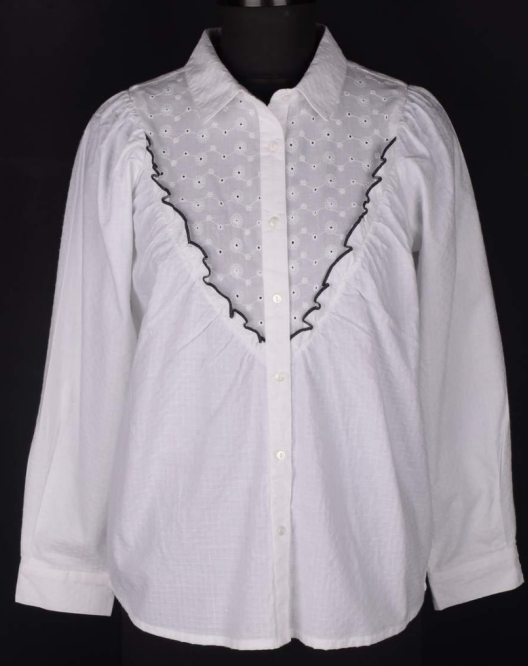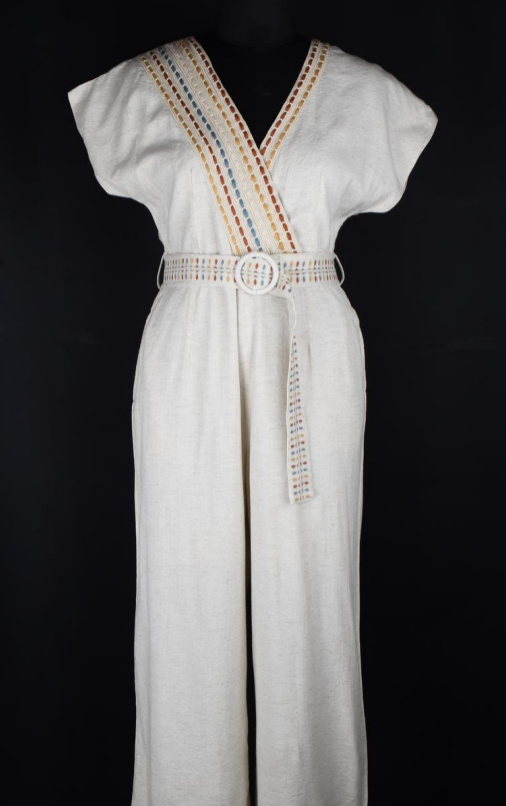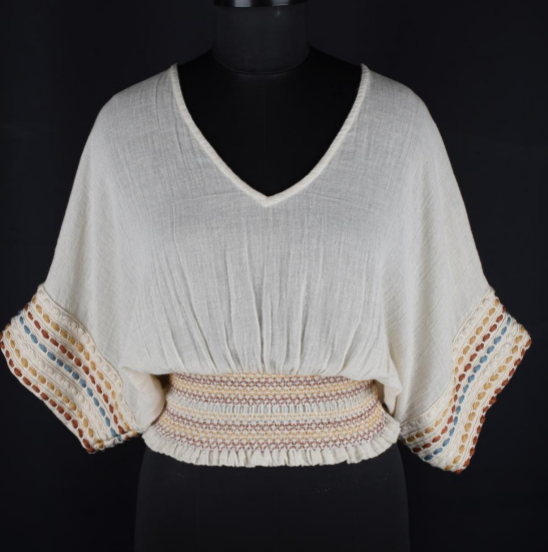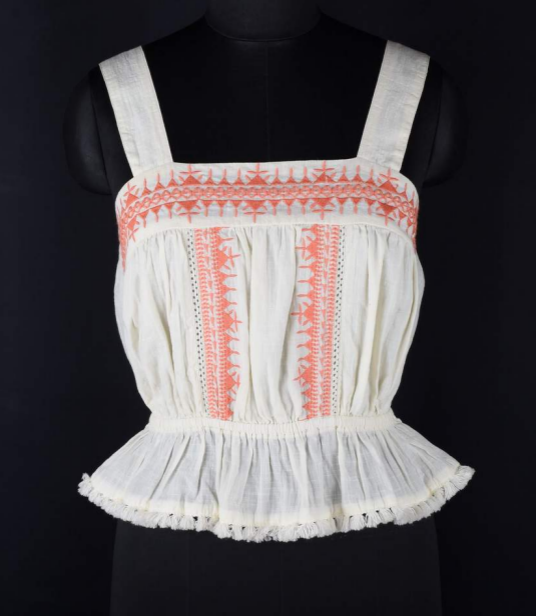Cutting & Sewing: A Look Into The Impact Of This Essential Designing Technique
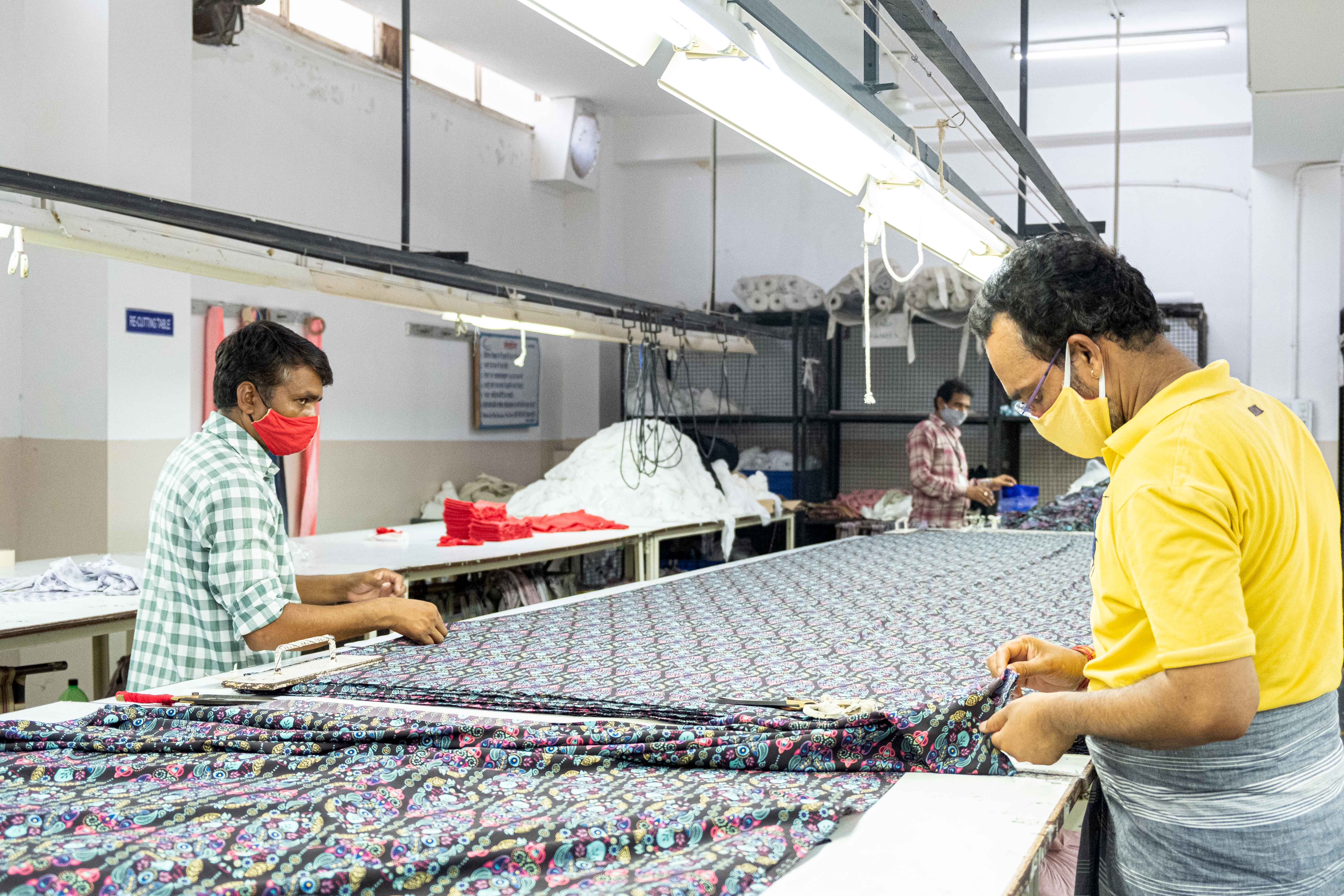
Cutting and sewing is an essential technique useful in the garment manufacturing industry. Based on the master pattern, new fabric is cut and sewn as per the guidelines to make similar fitting garments in bulk. While it is a useful technique it has certain downsides too. But overall, given the current scenario of the garments and apparel manufacturing industry, the downsides are overlooked mostly, because of issues at the global scale. Does it feel odd that a simple manufacturing technique like cutting and sewing has effects on the global scale? Well, it does, and it’s time you take a look at a full picture of this manufacturing technique.
The Impact of Cutting & Sewing as Essential Designing Techniques
The Good
Cutting and sewing are essential techniques because they are needed to effectively design garments that are well-fitted. Plus, they allow for the mass production of garments, which is crucial for the high levels of market demand that are prevalent today. The best part is that this method is effective and efficient. It leads to the manufactured garments being true to size and having a very quick assembly process.
It starts with the cutting department using the pattern and cutting out the necessary shapes out of fabric. This is followed by the sewing department, which ultimately just sews the different parts of the garments together and sends the garments out for final touches and quality inspection. This method is effective because the work is not overly complicated. So, new labours can get started quite easily without much prior training.
This allows manufacturers to assemble large teams and work in large factory settings which can manufacture a ton of garments in a short span. This method has effectively helped brands erase the issue of fitting differences and help meet the humongous fashion demand in the global market. Now coming to the not so good parts of it.
The Bad
Cutting and sewing is effective in mass production and feeding the machine that is fast fashion. However, you know very well, fast fashion is not sustainable and neither eco-friendly. Cutting and sewing leads to the wastage of fabric at an alarming rate. Even though the fabric is recycled in most cases, the recycling process uses a lot of energy, which again causes more pollution and increases the carbon footprint of the consumers and brands. The slightly worse part is that this problem is not easily fixable because of a variety of reasons, which make up the not so ideal part, which surrounds the good and the bad.
The Not So Ideal Part Surrounding The Good & The Bad
There are two main reasons why cutting and sewing and the waste problem it arises is not as easily solvable as most of us would like. Firstly, more or less every country has different sizing standards, and rightly so.
But for major international brands that are manufacturing the same clothing items for an international audience regardless of the country, they can’t help but use this method. This is but one of the only effective mass production techniques that is cost effective too (more on this in the next point). The real problem here is the lack of any type of global sizing standard, which as you can imagine is not going to become a thing anytime soon.
Secondly, cost effectiveness plays an important role in making this technique so prevalent. The use of non-skilled labours allows manufacturers to cut costs without sacrificing the quality of the product. Plus it allows manufacturers to hire unskilled labourers and get them up to speed with basic training. This is a major reason even though the process is not very sustainable, manufacturers are not incentivised to make any changes.
Conclusion
Cutting and sewing are part and parcel of the garment manufacturing process today and it is here to stay. However, with the vigilant efforts of modern garment manufacturers like CheerSagar, the negative environmental impacts of cutting and sewing can be undercut a little bit. At CheerSagar, they make an active effort in trying to reduce fabric wastage the most and use scrap fabric creatively in the garments rather than having to recycle them. So, if you are a clothing line that wants a manufacturer that can maintain standards of sustainability while delivering on mass requirements, feel free to check out CheerSagar.
Related Blog
Shipping Readymade Garments From India To UK | Costs & Tips
Shipping readymade garments from India to the UK is undoubtedly a complex process. Various significant factors, like customs paperwork, tight...
India Vs. China: Which Country Is Better For Sourcing Readymade Garments In 2025?
The global apparel sourcing landscape has been shifting rapidly over the past few years. There is an increasing desire among...
Printing Process - Steps Of Decorating Textile Fabrics
You have seen clothes and other fabric elements having different types of prints. Sometimes, the prints are concentrated on...

